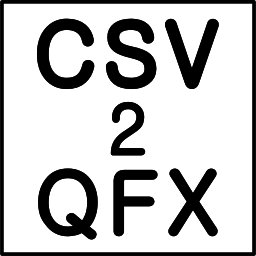Abologna
Abologna is played on a hexagonal board with fourteen balls...
- Category Gaming
- Size 60.5 KB
- Program by Douglas Fields
Abologna
Abologna is played on a hexagonal board with fourteen balls for each player, white and black. There are six adjacent spaces for each space.
Abologna User's Manual
Version 1.60
March 10, 2000
By Douglas Fields
Copyright © 2000 Douglas Fields; All Rights Reserved.
Douglas Fields' Web Site
Table of Contents
Features
Compatibility
Rules
How to Play
Options
Game Commands
License
Revision History
Features
Abologna is an implementation or Palm Pilots (PalmOS 3.0 or later) of the board game Abalone. It has many advanced features:
Play against a human on your Pilot
Play against a human on his Pilot via Infrared Beaming
Play against a human via Internet (Palm modem or Novatel wireless modem)
Play against the computer with three levels of difficulty
Chat messages between players
Board memory between sessions
Ability to view the computer's evaluation of the board
Four-color grayscale
Compatibility
This software runs on any PalmOS 3.1 or later operating system. Furthermore, it should also run on PalmOS 3.0, but this has not been tested.
Tested platforms include:
The object is to push six of your opponent's balls off the board before he does the same to you.
--------------------------------------------------------------------------------
Each player takes turns moving up to three of his balls. These balls must be adjacent to each other and in a straight line. They may be "pushed" along the direction they line up, or they may "slide" in one of the four other directions.
For example, the three white balls indicated with the green dots may push from right to left, one spot, into the empty space marked with the purple dot, leaving the rightmost green-marked ball's spot empty. Alternately, for example, they may slide together into the three empty spaces marked with red dots, leaving the old spaces empty.
--------------------------------------------------------------------------------
When white and black balls meet, they have the opportunity to push one another, depending on their relative strength. For example, two white balls may push one black ball one space. Three white balls can push one or two black balls one space.
If a ball to be pushed is on the edge of the board, it is pushed off the board and scores a point for the person who pushed it off.
For example, the three black balls can push the one white ball into the shaded spot, or the three white balls can push the two black balls into the shaded spot, and finally, the the two black balls can push the one white ball into the shaded spot.
Note, however, the three white balls and three black balls with the purple line through them cannot push each other; their strengths are equal.
--------------------------------------------------------------------------------
Here, we have two examples of balls that are just about to be pushed off. In one case, three black balls are just about to push one white ball (of two) off, and in the other case, three white balls can push a black ball off.
Additionally, there are several moves which push the enemy but do not push his balls off.
Finally, it must be remembered that all moves must push (or slide) into empty spaces or off the board. Hence, while the two white balls can push the black ball one space to the left, the three black balls cannot push the one white ball above them anywhere, as it is blocked by another black ball.
Eventually, one player pushes six of the opponent's balls off and the game ends; that player wins.
Here, for example, black has pushed off four of white's balls, while white has pushed off three. The game's not over.
Here, Eval is the evaluation. A higher number is better for white, and a lower number is better for black. The scale happens to be symmetric around zero.
The E Start button starts the move enumerator. The balls and the direction they will be slid or pushed will be displayed with every press of the E Next button. The move direction arrow is not erased if the option is turned off or a move is made, but don't worry about it. This option is useful to see what every possible move is as well as to get a feel for how well the computer thinks you (or it) is doing.







